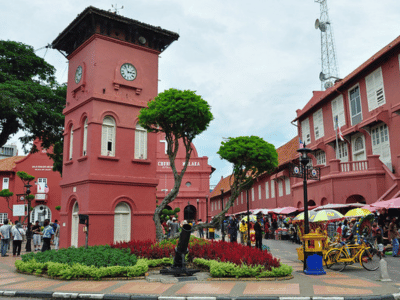MAJLIS KEBUDAYAAN DAN WARISAN NUSANTARA
RACE, LANGUAGE AND CULTURE ARE OUR HERITAGE
Introduction
The terms of understanding refer to the Malay Archipelago which also known as Indo-Australian Archipelago covers an area between Mainland Southeast Asia and Australia. In Malay, Indonesia and East Indies archipelago connote the meaning of ‘Nusantara’. The name was taken from the 19th century European concept of a Malay race, later based on the distribution of Austronesian languages.
Situated between the Indian and Pacific oceans, the archipelago consists of over 25,000 islands which include Malaysia, Indonesia, Brunei, East Timor, Papua New Guinea, the Philippines and Singapore with total area of over 2.8 million square kilometers. However, the Malay Archipelago does not include all islands inhabited by the Malay race such as Madagascar and Taiwan. Over 380 million people live in the Archipelago region.
The word Nusantara is taken from oath by Gajah Mada in 1336, as written in the old Javanese Pararaton and Nagarakretagama. Gajah Mada was a powerful military leader and Prime Minister of Majapahit credited with bringing the empire to its peak of glory.
Objective, Mission and Vision
Why MKWN is established?
1. TO PRESERVE, NURTURE AND FOSTER MULTI-CULTURE & HERITAGE IN MALAYSIA AND NUSANTARA.
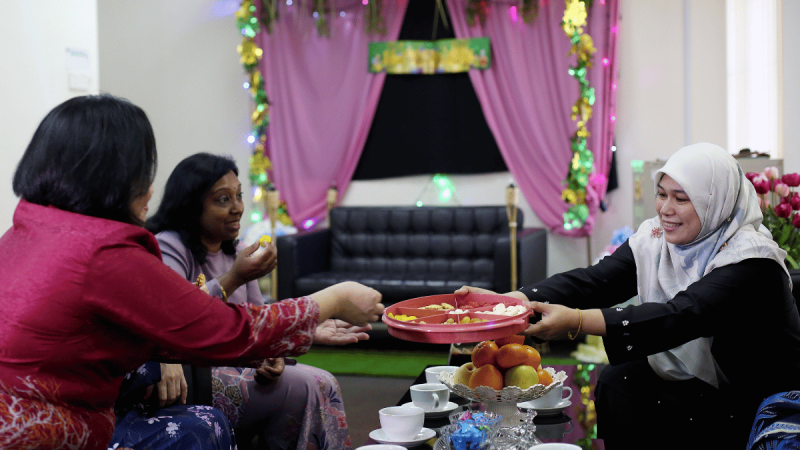
Creating Intrinsic
Benefits
Participating in culture can benefit individuals in many different ways, some of which are deeply personal. They are a source of delight and wonder, and can provide emotionally and intellectually moving experiences, whether pleasurable or unsettling, that encourage celebration or contemplation.
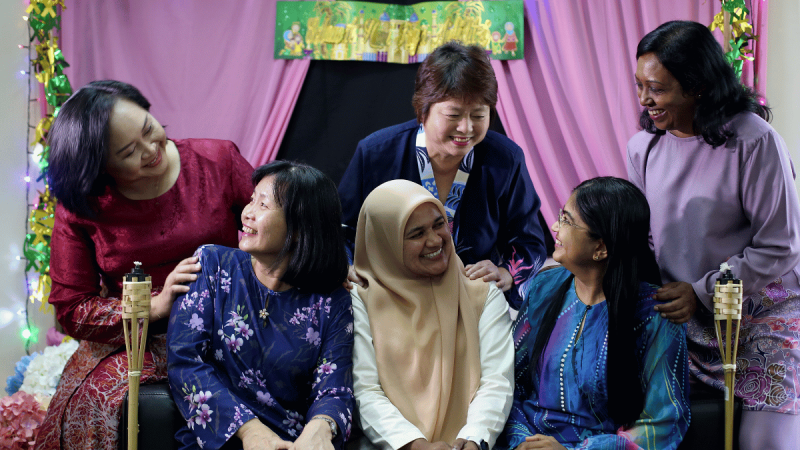
Improved Learning and Valuable Skills for the Future
Participation in culture contributes to healthy populations in several ways. Creativity and cultural engagement have been shown to improve both mental and physical health.

Providing Better Health and Well-being
Participation in culture contributes to healthy populations in several ways. Creativity and cultural engagement have been shown to improve both mental and physical health.
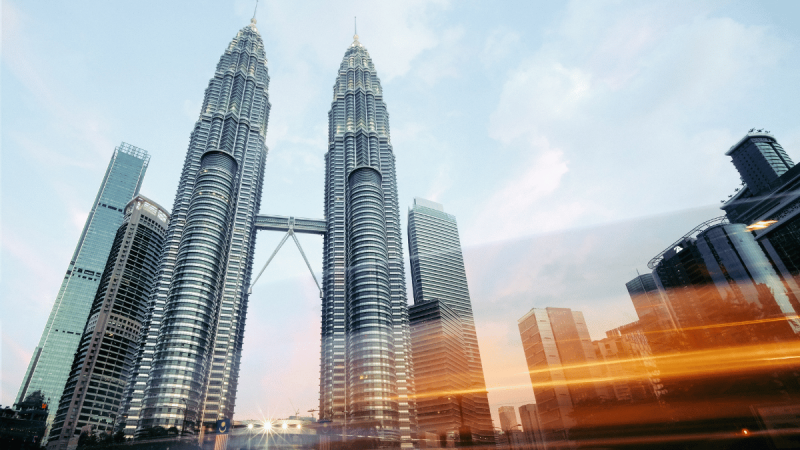
Creation of Vibrant Communities
The benefits of culture for communities can spill over to a country as a whole. Culture helps build social capital, the glue that holds communities together. By bringing people together, cultural activities such as festivals, fairs, or classes create social solidarity and cohesion, fostering social inclusion, community empowerment, and capacity-building, and enhancing confidence, civic pride, and tolerance.

Bringing Economic benefits of culture
The culture sector helps support the economy through direct and indirect job creation. It also helps spur innovation in other sectors in the form of productivity advancements, regional development, community branding, and increased local tourism.

Contribution to job creation
Economic opportunities created by culture have taken on greater importance as economies transition from the industrial model, and work based on physical labour, to a new model in which knowledge and creativity drive productivity and growth.
Arts
Main article: Malaysian art
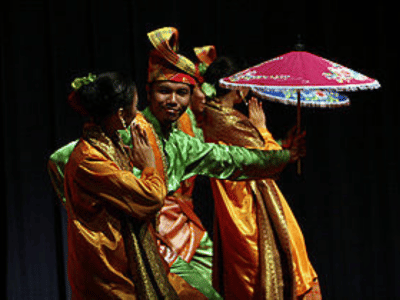
Joget Melayu, a Malay dance
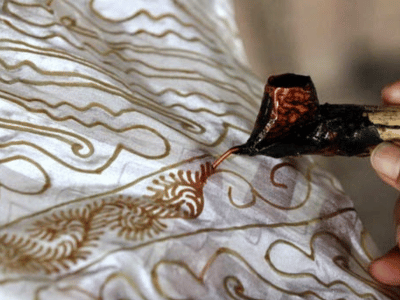
A craftsman making batik. Malaysian batik is usually patterned with floral motifs with light colouring.
Architecture
Main article: Architecture of Malaysia
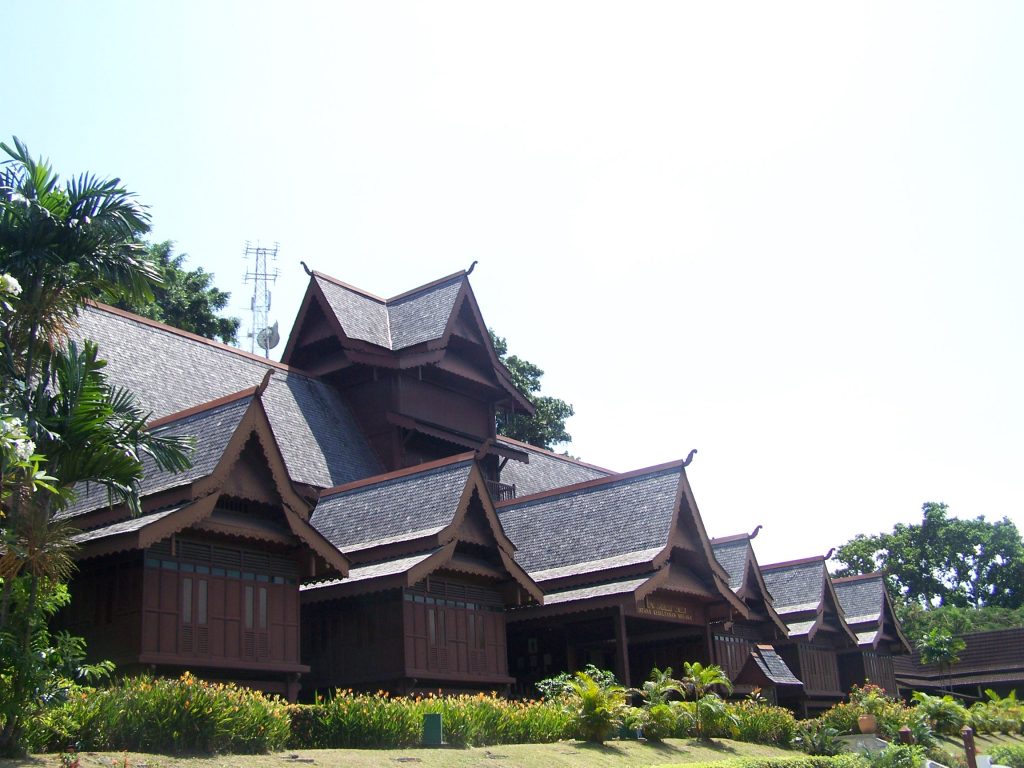
Replica of the palace of the Malacca Sultanate, built from information in the Malay Annals
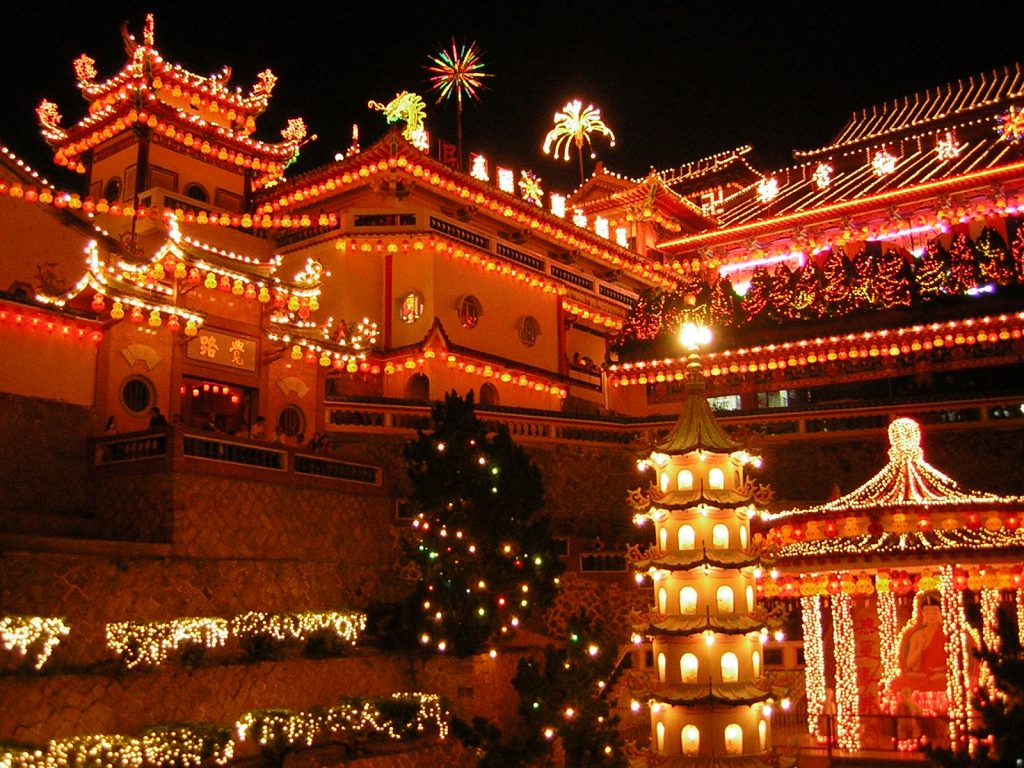
South-East Asia’s Largest Temple- Kek Lok Si in Penang being illuminated in preparation for the Lunar New Year.
Cuisine

Nasi Lemak, the national dish of Malaysia

Clockwise from bottom left: beef soup, ketupat (compressed rice cubes), beef rendang and sayur lodeh

